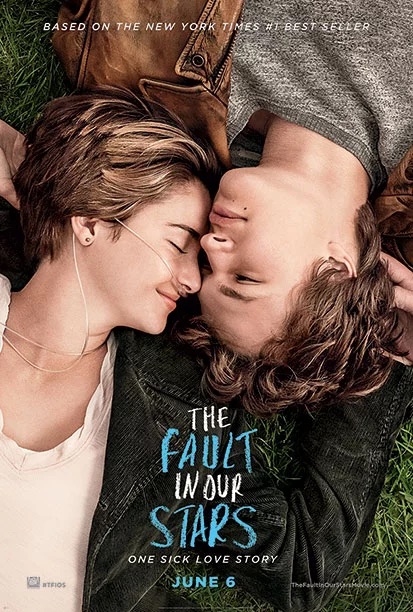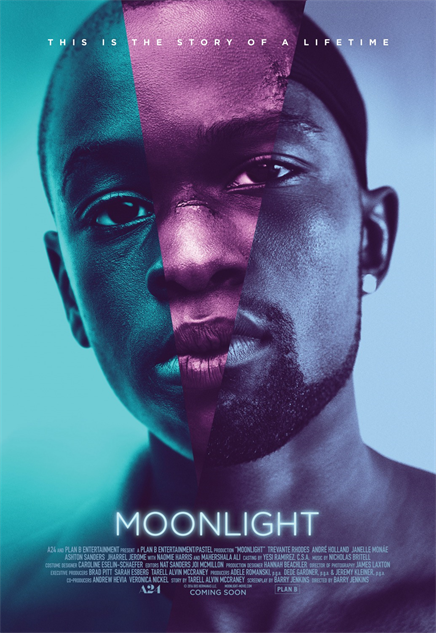Most narratives can be broken down into beginning/middle/end. Todorov’s theory states that the beginning is the equilibrium where everything is ‘normal’ and balanced and around the middle there’s a disruption where things become unbalanced and by the end of the film there becomes a new equilibrium and everything becomes balanced or ‘normal’
condensed equilibriums- contemporary audiences have a much lower boredom threshold so to engage these viewers films must not focus on the initial equilibrium too much at the start and instead deliver action and immediate disruption to hook the audience
Multiple equilibrium sequences- contemporary media products often try to produce a roller-coaster effect for their audiences by deploying multiple disruptions before resolving them in a final transformation. This offers audiences multiple moments of narrative calm and excitement.
Metanarratives- audience are drawn attention to the fact that they’re watching a story (4th Wall Breaks)
Vladimir Propp
Todorov was hugely influenced by the Russian literary theorist Vladimir Propp and his highly influential 1929 book, Morphology Of The Folktale, in which Propp arrived at the conclusion that folk tales drew from a highly stable list of characters whose roles and narrative functions he defined:
These characters are known as Stock Characters and structure the story/narrative. These stock characters are as followed:
- The villain — an evil character that creates struggles for the hero.
- The dispatcher — any character who illustrates the need for the hero’s quest and sends the hero off. This often overlaps with the princess’s father.
- The helper — a typically magical entity that comes to help the hero in their quest.
- The princess or prize, and often her father — the hero deserves her throughout the story but is unable to marry her as a consequence of some evil or injustice, perhaps the work of the villain. The hero’s journey is often ended when he marries the princess, which constitutes the villain’s defeat.
- The donor — a character that prepares the hero or gives the hero some magical object, sometimes after testing them.
- The hero — the character who reacts to the dispatcher and donor characters, thwarts the villain, resolves any lacking or wronghoods and weds the princess.
- The false hero — a Miles Gloriosus figure who takes credit for the hero’s actions or tries to marry the princess.
‘these are not separate characters, since one character can occupy a number of roles or ‘spheres of action’ as Propp calls them and one role may be played by a number of different characters’
Stock character’s roles can be organised into
- PREPARATION
- COMPLICATION
- TRANSFERENCE
- STRUGGLE
- RETURN
- RECOGNITION






